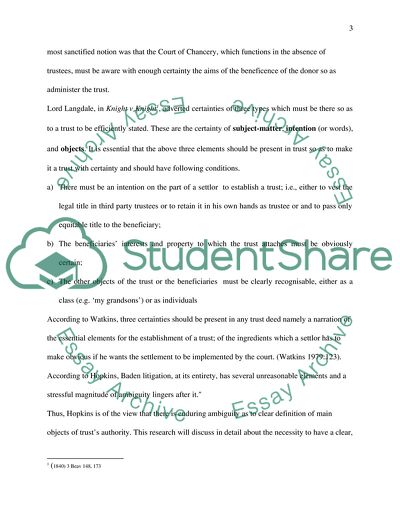Cite this document
(Continuing Uncertainty as to Certainty of Objects of Trusts Powers Dissertation, n.d.)
Continuing Uncertainty as to Certainty of Objects of Trusts Powers Dissertation. Retrieved from https://studentshare.org/law/1730101-equity-trusts-law
Continuing Uncertainty as to Certainty of Objects of Trusts Powers Dissertation. Retrieved from https://studentshare.org/law/1730101-equity-trusts-law
(Continuing Uncertainty As to Certainty of Objects of Trusts Powers Dissertation)
Continuing Uncertainty As to Certainty of Objects of Trusts Powers Dissertation. https://studentshare.org/law/1730101-equity-trusts-law.
Continuing Uncertainty As to Certainty of Objects of Trusts Powers Dissertation. https://studentshare.org/law/1730101-equity-trusts-law.
“Continuing Uncertainty As to Certainty of Objects of Trusts Powers Dissertation”, n.d. https://studentshare.org/law/1730101-equity-trusts-law.


